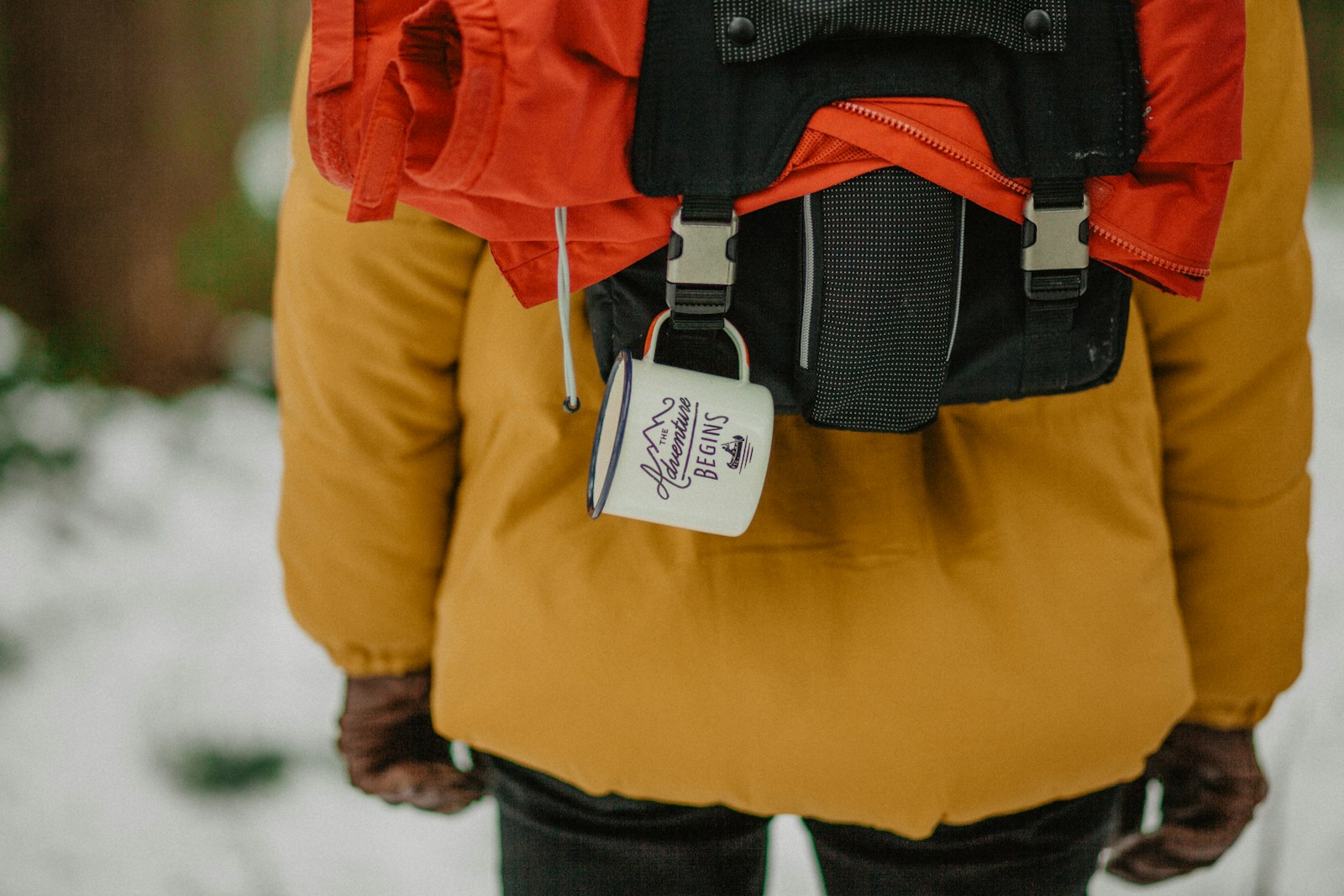For some, winter camping is the best kind. The cold, brisk air is wonderfully refreshing, and the scenes of the snow-clad backcountry are breathtaking. However, winter camping can also become a nightmare if you aren’t prepared for the effects of the bitter cold. In most cases, these effects can merely make for a bad camping trip. In some cases, these effects can make for a deadly camping trip.
Here are two essential tips that you should know if you decide to hit the hiking trail and/or break out the tent this winter. If you think it’s difficult, don’t sweat it …literally.
The Golden Rule of Layering
One of the biggest temptations when gearing up to leave the shelter of your hunting cabin’s metal roofing for your winter camping trip is to buy a fancy, expensive winter coat that claims it will keep your body cozy in 20-below. This is awesome, but what happens if you begin to find yourself heating up?
The pitfall is that if you have a single coat, but not many layers, then there is no way for you to get comfortable. However, having an outer layer/shell (or even two), a middle layer and a base layer should provide excellent versatility.
Versatility with your clothing during cold temps is important. Especially if you are hiking, chopping wood, climbing, etc., your body temperature is going to rise. If you are stuck inside a super thick parka, then you are going to sweat. Once you sweat, it’s nearly impossible to stay warm after that. The cardinal rule is that you do not want to find yourself sweating.
Trust me, you can always spot the newbie hiker in the pack when the weather is chilly in the morning; he’s the guy that’s bundled from head-to-toe. The veterans are usually the ones that are dressed in layers, and aren’t even wearing their winter coats. They know that they’ll be feeling quite warm ten minutes into the trek.
Clothing Materials Are Key
Just because you decide to layer doesn’t always mean that you aren’t going to sweat. Much of this has to do with the materials you use. I will simply say, if you have any cotton, leave it firmly in your drawer at home. Cotton will make you sweat.
However, wool is a gift from the heavens. Wool is actually quite unique in that it retains its insulating properties even if it gets wet. This is one reason why militaries have been using wool for centuries, because they simply spend quite a bit of time in the great outdoors. Just remember: wool is your friend.
Also, another material that the military absolutely loves to use is polypropylene fabric. It’s stretchy, light and it wicks away the sweat, keeping that heat-sapping devil away from your skin. Often called ‘polypro’, this fantastic material works best as a base layer.
Of course, when all else fails, there’s the ol’ long-johns.

Leave a Reply
You must be logged in to post a comment.